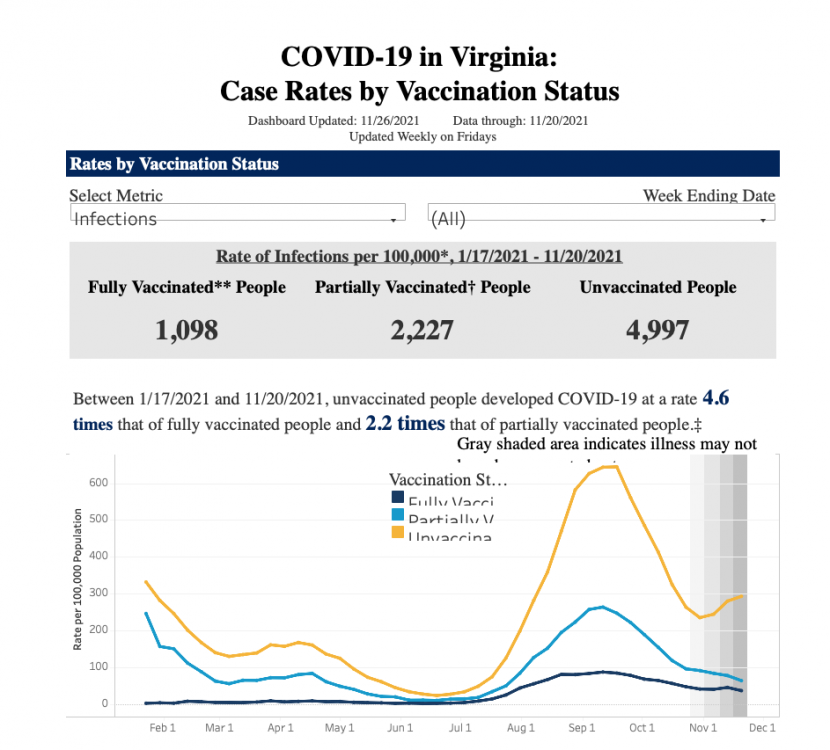-
Posts
54736 -
Joined
-
Last visited
-
Days Won
322
Content Type
Profiles
Forums
Events
Everything posted by swansont
-
There are observations that support the existence of dark matter. https://en.wikipedia.org/wiki/Dark_matter#Observational_evidence That's hardly a valid criterion. The fact remains that the article that you linked to does not mention this as a dark matter issue. How about you comply with the rules and present a rigorous analysis, rather than vague assertion? ! Moderator Note We can do without such invective. There were severe problems with Zwicky's data and analysis regarding dark matter https://www.forbes.com/sites/startswithabang/2021/08/24/who-really-discovered-dark-matter-fritz-zwicky-or-vera-rubin/?sh=4478bd0217a7
-
! Moderator Note Is there a question or topic of discussion here?
-
This is triggering my OCD. Can we agree that the proper terminology is to "bear" offspring? Anyone can bare offspring; you do this when you give them a bath.
-
We know it wasn’t your error.
-

Toy model black holes per galaxy average number...
swansont replied to Orion1's topic in Speculations
! Moderator Note I'm not going to fault someone for not getting responses on a narrowly-focused topic. There is a clear invitation to discussion, there are calculations and copious references for interested parties, which is in stark contrast to most speculations threads. <referee motions for play to continue> -
But nobody is saying this No, this is suggesting the vaccine is 100% effective and nobody is claiming that. That's a misconception that many have pointed out. Let's say you have 1000 people and 900 of them are vaccinated. The chance of getting infected is 5% in unvaccinated and 1% in vaccinated. You will have 100*5% = 5 unvaccinated people getting infected, and 900 * 1% = 9 vaccinated people getting infected So it should be unsurprising that you have more vaccinated people getting infected when vaccination rates are high.
-
They show what they show, so there's nothing "wrong" with that, but the question is whether they support the claim that the vaccine does nothing to prevent infection, while reducing mortality. It's clear that the latter happens. The question was about the former. If a graph doesn't indicate vaccination status, it's hard to tease such information out of it. edit: especially in light of the delta variant being more contagious
-
And I've provided two sources that specifically say the rate of infection is lower in vaccinated people in the groups in question. Meanwhile, the original claim goes unsupported.
-
I didn't quote (couldn't copy/paste). I relayed the information; 4997/1098 (the number presented as infection rates per 100k) is 4.6 For me, it's having to have been fully vaccinated by Nov 22, per directives stemming from an executive order for US federal employees
-
Developing COVID and developing symptoms are different things. The website is quite clear that the numbers are infections, and that infection and "developing COVID" are the same thing. You keep insinuating that this is deceptive, and yet have provided no evidence to the contrary. Your graph doesn't distinguish between vaccinated and unvaccinated people, so for this discussion it's irrelevant, and I've already linked to a rigorous study where everybody was tested. This is also true of the original clinical trials (such as https://www.nejm.org/doi/full/10.1056/nejmoa2034577). Do you have anything pertinent to offer?
-
We have a vaccine mandate, so the letter of the law needs to be spelled out. The annoying thing is I got my first two shots at Walter Reed, so these records are already somewhere in the system, and yet my colleagues and I still have to fill out paperwork to confirm the information the system already has.
-
In the form I recently had to fill out, it was quite clearly defined as two weeks after the second shot if it's a two-shot vaccine, and two weeks after the shot of it's a one-shot vaccine. Which is a reason to pay attention to results from clinical trials and controlled tests, which do this rigorously, and show that the vaccines are effective in reducing infection.
-
These statements are incompatible, because the equations of relativity show that length and time are quite clearly relative
-
Not strictly true. We did neutrino spectrometry measurements via momentum reconstruction when I was a postdoc at TRIUMF (in the TRINAT group) back in the 90s and they've continued the work. The neutrinos weren't generated directly in the cyclotron collisions, but we were most definitely at the site.
-
Seriously? How do you develop COVID other than by infection? The COVID fairy? You also might note that just above that passage, where they present the numbers, they say "rate of infection per 100,000" so clearly the two descriptions mean the same thing, and I didn't misrepresent anything. What straws are you clutching at here? Here's the whole shebang
-
Here’s more data from Virginia, US https://www.vdh.virginia.gov/coronavirus/see-the-numbers/covid-19-in-virginia/covid-19-cases-by-vaccination-status/ Unvaccinated got infected at 4.6 times the rate as fully vaccinated, data from Jan 17 2021 through Nov 20. Except your graph doesn’t show the relevant information. “reliability” is moot
-
Symptoms ≠ deaths These charts don’t have proper labels, so I don’t know what they’re showing. There’s nothing there that distinguishes between symptomatic and asymptomatic cases, and whether the people were vaccinated meanwhile https://www.cidrap.umn.edu/news-perspective/2021/08/cdc-unvaccinated-5-times-more-likely-get-covid-19 new data from Los Angeles County collected from May to July, which show unvaccinated peoplewere 5 times more likely to get COVID-19 than vaccinated peers
-
The claim was about infection, not asymptomatic infection. If it reduces symptomatic infection, it reduces infection. (Unless you have evidence that it increases asymptomatic transmission to offset this) And? This anecdote is in no way contradictory to the studies that show reduced transmission. But… Under real-world conditions, mRNA vaccine effectiveness of full immunization (≥14 days after second dose) was 90% against SARS-CoV-2 infections regardless of symptom status https://www.cdc.gov/mmwr/volumes/70/wr/mm7013e3.htm No evidence has been presented that this 90% is actually zero.
-
Citation needed, for this suggestion that the vaccines are not effective at preventing infection. This flies in the face of reports of their effectiveness that show this very thing.
-
iNow has not, so far as I can tell, taken ownership of a binary system. Asking how you assign people to a category is a reasonable request. Yet you resist answering, as most others have resisted my request to define what they mean by sex. Because these definitions have proven inadequate in resulting in a binary system. At which point people stall, toss in red herrings and or get angry and lash out. That’s a false dichotomy You can use a binary classification as a first-order approximation and also acknowledge that it will fail to work when you delve deeper into the issue. IOW, you can use a binary system for situations where you’ve narrowed the scope of inquiry. Here, you’ve limited the application to reproduction, but not all humans are capable of reproduction.
-

Momentum in Classical mechanics and Quantum mechanics
swansont replied to Dhamnekar Win,odd's topic in Analysis and Calculus
Yes it’s the gradient, and to rephrase what studiot pointed out, the gradient of what? It’s not the gradient of r, it operates on the wave function. As to your question, what does the wave function of a variable-mass system look like? -
The time is a factor; there’s a difference between a chronic and an acute dose. When the exposure is spread out, the body has a chance to heal; this is generally more important for higher doses than what you get in an x-ray.
-
I agree with the latter, but I don’t know what place opinion has in the discussion. It’s about science, and evidence. Or at least, it’s supposed to be.
-

Naturally occurring elements heavier than U ?
swansont replied to Airbrush's topic in Astronomy and Cosmology
No. Pu-244 has a half-life of 81 million years


